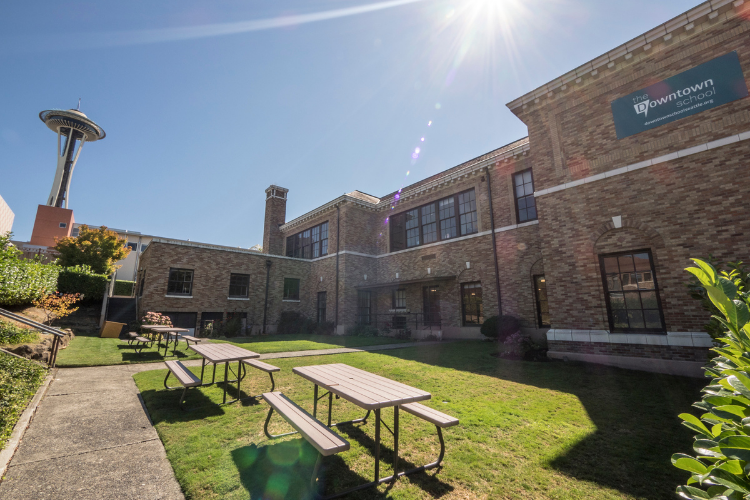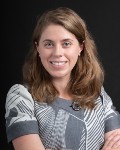Four years ago, Lakeside School launched its micro-school counterpart, The Downtown School, for a number of reasons, one of which was incredible demand. With an admittance rate of 12-14%, they were turning away lots of students. Not many independent schools will have this problem. But Lakeside had other goals than to serve new and additional markets and families at half the cost of a Lakeside education. It also hoped to experiment with new and different ways of running a school, with the idea that some aspects of school operations would be adopted by Lakeside. “One of our metrics for success was ‘circular innovation,’” explained Lakeside CFO/Assistant Head of School Birage Tandon. That has come to pass, and the two schools remain distinct but united in a symbiotic relationship — and a single 501(c)(3).
To attract the best talent, teacher salaries start off at six figures, and there is no traditional scale based on length of service, as is the case at Lakeside — and most other independent schools — where teachers earlier in their careers aren’t making nearly as much.
While The Downtown School (DTS), like Lakeside, promises to deliver an outstanding academic program, DTS focuses on using the city as a laboratory and therefore limits investments in facilities and extracurriculars. This helps keep tuition half that of Lakeside, and the school is intentionally much smaller. Perhaps the most remarkable aspect of operations at DTS, and one that has paid the biggest dividends, is the approach to hiring. It’s Head of School Sue Belcher’s “superpower,” in the words of Tandon. With just 15 employees, every hire at Downtown counts.
To attract the best talent, teacher salaries start off at six figures, and there is no traditional scale based on length of service, as is the case at Lakeside — and most other independent schools — where teachers earlier in their careers aren’t making nearly as much.
Belcher doesn’t look for years of experience in her teachers, but rather an aptitude for learning and an entrepreneurial outlook in addition to teaching ability. This is because teachers must not only perform in the classroom, but also fulfill an administrative responsibility, in a model they call “distributed leadership.” For example, two teachers share the duties of facilities director, two others share duties of enrollment director, and a math teacher is also the technology director. In earlier years, teachers would reach out to experienced operations leaders at Lakeside for advice and insight, and they can still do so when they need to. But now all operations, including communications and fundraising, are wholly carried out by DTS faculty-staff, with the exception of the business office. Lakeside “charges” DTS for those services, so in effect, DTS is self-sustaining. The working year for DTS teachers runs longer — August 1 to June 30 — because of the significant administrative workload.
Lakeside’s initial investments in DTS’ operations were substantial in terms of staff time, but not in terms of finances, and now the give and take goes both ways, with faculty and staff members exchanging ideas and perpetually adapting.
Lakeside’s initial investments in DTS’ operations were substantial in terms of staff time, but not in terms of finances, and now the give and take goes both ways, with faculty and staff members exchanging ideas and perpetually adapting. This model has paid off doubly in the age of COVID. “Bernie [Noe, Lakeside’s head of school] would say I was one of very few heads who remained happy during the pandemic,” Belcher said. A big reason is because the teachers “all have to look ‘behind the curtain.’ They understand the complexity of running a school.” And because teachers are invested in both academic and operational aspects, there has been little pushback on operational and policy changes. The school’s small size also helped staff be nimble.
Belcher credits much of DTS’ success to Tandon’s capabilities in strategic finance. Before launch, Lakeside leaders spent a year and half researching alternative school models, and then Tandon developed a business plan for DTS, which has followed as projected in nearly every area, from enrollment and compensation to endowment and financial aid. Tandon continues to sit on Lakeside’s advisory board, which directs the school’s vision (it is distinct from Lakeside’s board, although one member from the board also sits on the advisory board). “This business model would not have happened without her,” said Belcher. “And it’s incredible. It’s just really fun to work on this project together.”


.png?sfvrsn=a0b06f90_1)




